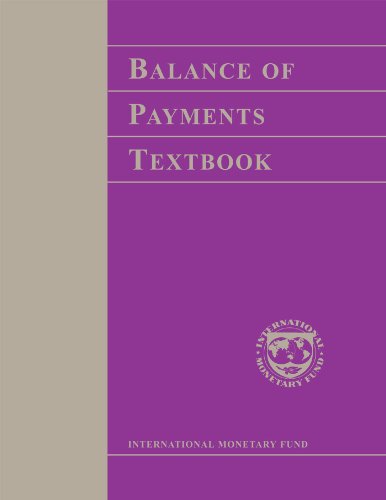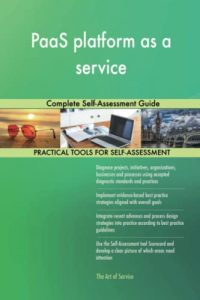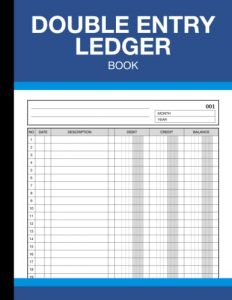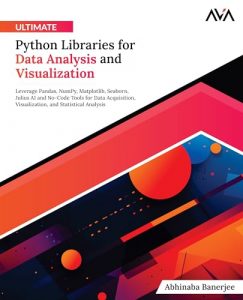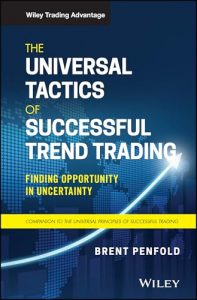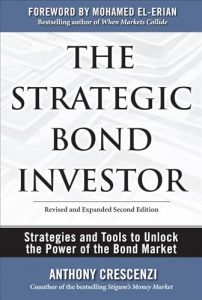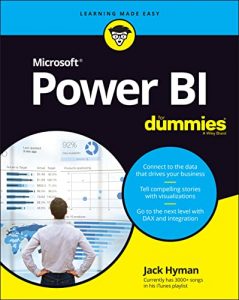1. Balance of Payments Textbook
The Balance of Payments Textbook authored by the International Monetary Fund is a foundational piece for anyone looking to understand the intricate workings of global finance. Since its publication on April 15, 1996, it has stood the test of time as a crucial reference. This comprehensive guide offers valuable insights into the mechanics of cross-border transactions, making it essential for students, professionals, and policymakers. Readers will appreciate its systematic approach to the balance of payments, which ultimately aids in appreciating its significant role in international trade. Dive into this textbook to enhance your economic knowledge and navigate the complexities of financial transactions!
2. This Time Is Different: Eight Centuries of Financial Folly
If you seek a captivating exploration of financial history and crises, This Time Is Different: Eight Centuries of Financial Folly is a must-read. Written by renowned economists Carmen M. Reinhart and Kenneth S. Rogoff, this book delves deeply into financial crises over eight centuries. It highlights recurring patterns and human behavior that lead to economic disasters, offering powerful lessons for today’s investors and policymakers. Published in 2009, its insights are more relevant than ever amidst recent economic uncertainties. This timeless analysis not only educates but also warns against the complacency that often precedes financial turmoil.
3. Balance of Payments Manual
The Balance of Payments Manual from the International Monetary Fund is a critical resource for those engaged in economic analysis and reporting. First published on November 16, 2005, this manual sheds light on the methodology behind compiling balance of payments statistics, offering practical guidance for practitioners. Its systematic exploration allows for understanding how countries evaluate their economic interactions with the world. Whether you are a student, researcher, or a policymaker, this manual provides essential insights needed to interpret a nation’s economic standing and its global interactions.
4. Anticipating Balance of Payments Crises
Written by a team of experts including Catherine A. Pattillo and Andrew Berg, the book Anticipating Balance of Payments Crises provides a detailed examination of the early warning systems developed to prevent balance of payments crises. Since its release on January 24, 2000, this work has gathered essential knowledge that underscores the significance of foresight in economic planning. It presents theoretical frameworks and practical applications, analyzing various components that signal impending financial instability, which is particularly important in today’s fast-paced global economy. This book is a must for anyone involved in economic forecasting or policy formulation.
5. The Monetary Approach to the Balance of Payments
The Monetary Approach to the Balance of Payments, edited by the International Monetary Fund, compiles research papers that explore the interaction between money supply and balance of payments dynamics. Published on September 15, 1977, this collection is invaluable for understanding how monetary policy impacts international economic relations. The insights shared by various authors provide a historical perspective and assists researchers and students in grasping foundational economic theories. It is a formidable resource for delving into the complexities of monetary economics and balance of payments theory.
6. Balance of Payments Compilation Guide
The Balance of Payments Compilation Guide, published by the International Monetary Fund on March 15, 1995, is a significant tool in standardizing how balance of payments data is compiled. This authoritative manual offers practical guidance for statisticians, economists, and policy analysts on accurately reporting crucial financial interactions between countries. Its thorough analysis of reporting standards and methodologies makes it an essential reference for enhancing the quality and consistency of balance of payments statistics globally. For those working within international finance, this guide is indispensable.
7. Debt Stocks, Debt Flows and the Balance of Payments
Debt Stocks, Debt Flows and the Balance of Payments offers a deep dive into the intricate relationship between national debt and balance of payments. Published in December 1994 by the International Monetary Fund, this book examines how debt impacts a country’s economic positioning and vulnerability. It’s essential reading for economists and investors who are looking to unravel the complexities surrounding national debt and its implications in global finance. The insights offered in this book are crucial for crafting informed financial strategies in the uncertain economic environment we face today.
8. A Monetary History of the United States, 1867-1960
Milton Friedman and Anna Jacobson Schwartz’s A Monetary History of the United States, 1867-1960 is a significant historical treatise essential for any economic enthusiast. This definitive work sheds light on the role of monetary policy and economics in shaping the nation’s history. Published in September 2008, the authors’ compelling narrative, backed by extensive research, allows for a better understanding of how federal policies create long-term implications for economic performance. This book is not only informative but also serves as a thrilling history lesson for those who wish to appreciate modern economic pros and cons.
9. Multi-Asset Risk Modeling
Multi-Asset Risk Modeling is an indispensable text for those looking to navigate the complexities of global finance in an electronic trading world. Authors Morton Glantz and Robert Kissell dissect contemporary techniques used in risk modeling across various asset classes. Published at the end of 2013, it provides readers with the analytical tools required to effectively assess financial risk in today’s sophisticated market environments. This book harmonizes theory with practical application, making it crucial for both aspiring analysts and seasoned economists alike.
10. Fundamentals of Water Finance
Fundamentals of Water Finance by Michael Curley is an essential guide for understanding the economics of water resources. Published on October 14, 2016, this contemporary text elucidates critical financial principles associated with water management, essential for policymakers and students alike. It discusses the intersection of finance and environmental sustainability while addressing pressing global water issues. This book is a clarion call for informed investment in water resources, presenting a comprehensive overview of how financial frameworks can support sustainable development.

